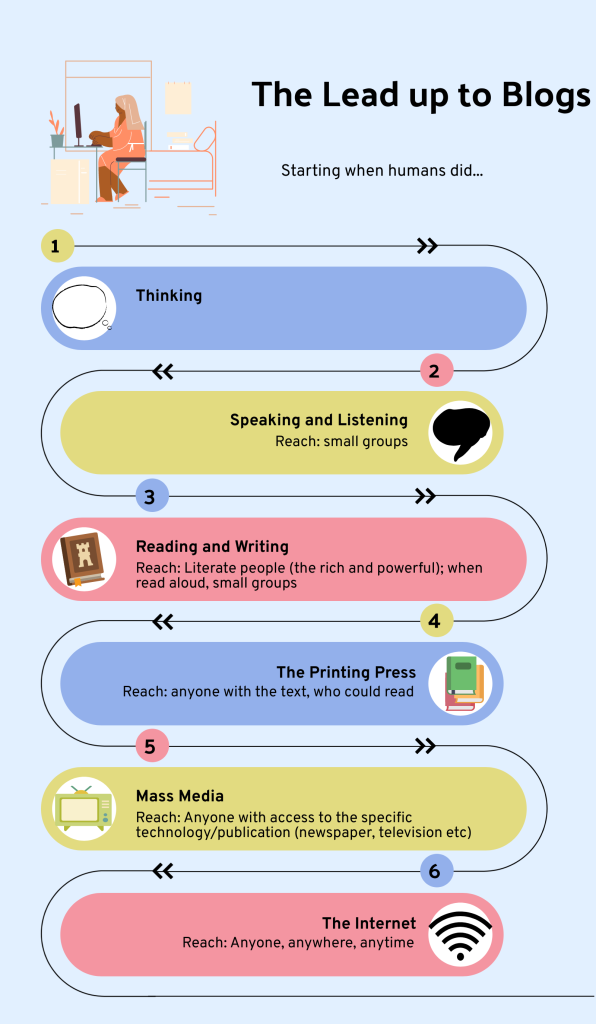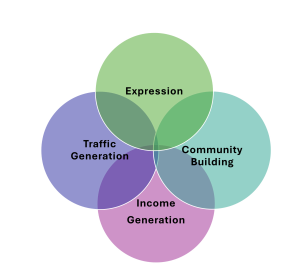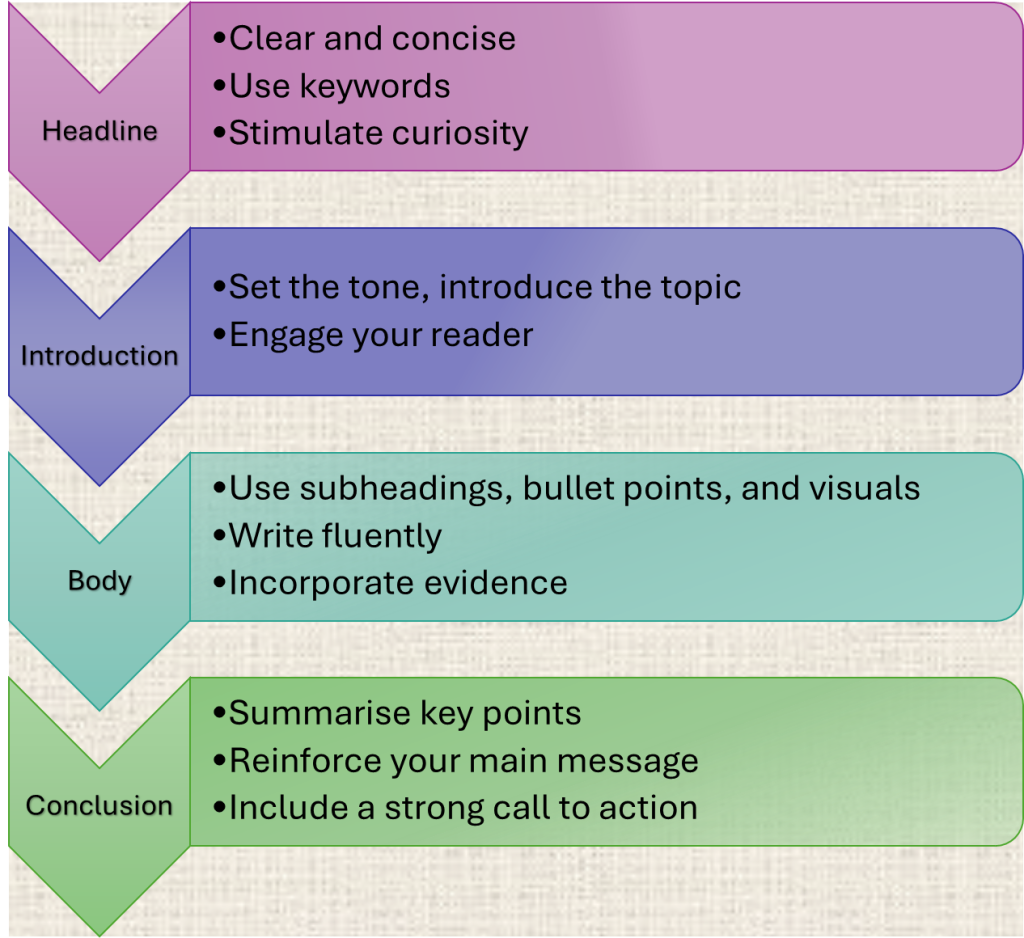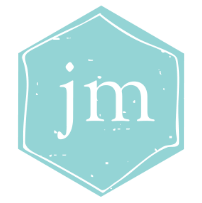Some of us (like me) remember card catalogues.
You know, the ones in libraries where you pulled open a long wooden drawer and flicked through cards organised by subject or author. Nowadays, information is just a few keystrokes away – as is everybody’s opinion about everything.
Blogs combine the two: information and opinion. A good blog offers these two things in a credible, engaging and accessible way. It can be anything from a low stakes way to explore your written voice to a powerful tool that businesses and individuals can use to share ideas, connect with audiences, and establish their online presence.
But what exactly is a blog? And why is it necessary to understand its purpose and audience? I mean, I can drive a car without knowing how the engine works (one of the guiding principles of my life), so why can’t I write a blog without knowing what’s going on underneath its surface? Read on to find out why it’s essential to know what you’re doing.
First, the ‘official’ definition (and by official, I mean I asked ChatGPT):
A blog, short for “weblog,” is a website or online platform where an individual or a group of individuals regularly publish content on specific topics that interest them. Blogs come in various forms, ranging from personal diaries to professional insights, and from hobby enthusiasts to corporate entities looking to engage with their customers.
In short, a blog is whatever you want it to be, saying whatever you think is important, to whoever will listen. It’s by anyone, for everyone.

A blog has many purposes. It can be the basis for creating a style that permeates everything you write online – so that your newsletters, emails and website all feel authentic and unique. Over time, it becomes a platform for expressing thoughts, sharing expertise, building a community, driving traffic to websites, and even generating income through advertising or sponsored content.. Understanding your audience is crucial, so you can tailor the content to meet their needs and interests – the key to a successful blog.
So let’s dive in. Let’s explore what makes a blog successful, how to structure your content effectively, and how to engage your audience. Whether you’re a seasoned blogger looking to enhance your skills or a novice thinking about starting your own blog, I hope this will provide you with some help as you navigate the wonderful world of blogging.
What is a Blog?
If you think of the internet as a vast (infinite, even) city, blogs are like individual dwellings with their lights on and curtains open. Individuals, businesses, and organizations are showcasing what they’ve got inside – their thoughts, ideas expertise – and they’re hoping you’ll look in, come in and stay a while. Understanding that, fundamentally, a blog is a showcase, is essential for anyone looking to establish a strong online presence and engage with their target audience effectively.
Definition of a Blog
At its core, a blog (the name is from the term “weblog”) is a regularly updated website or online journal, where the newest post appears first. It’s a dynamic medium where people can express themselves, share knowledge, discuss topics of interest, or showcase their work to a global audience. Blogs can (and often do) include written articles, photos, videos, podcasts, and other multimedia elements.
Evolution of Blogging:
The impulse to share stuff in your brain with other people is as old as we are, so I’d argue the concept of blogging started about when humans did:

Figure 1: The Leadup to Blogs
Since then, blogging has evolved from a personal hobby to a powerful tool for communication, marketing, and brand building. It got much easier with the advent of user-friendly blogging platforms and social media integration, so that even technologically inept bloggers (like me) can now reach a broad audience and share their content across multiple channels.
Different Types of Blogs
Blogs come in various shapes and sizes, catering to diverse interests and purposes. Personal blogs can cover a wide range of topics, from travel and lifestyle to food and fashion. Professional blogs are created by experts or professionals in a particular field to share industry insights, offer advice, or showcase their skills to a targeted audience. Business blogs are used by companies to enhance their brand visibility, engage with customers, and drive traffic to their websites through content and updates.

Figure 2: Types of Blogs
Importance of Blogging in Today’s World
Blogging plays a crucial role in shaping online conversations, influencing opinions, and leading thinking. There are, of course, many off-line mechanisms for this (think books and newspapers), but blogs allow direct interaction, feedback, and engagement in real-time. As well, blogging enhances search engine optimisation (SEO) efforts, drives organic traffic to websites, and helps build trust and credibility with readers. Content is queen online – and so blogging is a way to make your mark and stand out in a crowded online space.
Purpose and Audience
Understanding the purpose of your blog and identifying your target audience are critical steps in creating content that resonates, engages, and fosters connections. Here are some starting points for thinking about these two essentials.
What do you want your blog to be?
Are you looking to share personal stories, showcase your expertise in a specific field, promote your business, or inspire and educate others? Defining your blog’s purpose helps you decide on your content: your topics, your tone, and its overall direction. This clarity helps you stay focused and consistent in your messaging, attracting the audience who will find your words resonate with them.
Who’s your target audience?
It might be that you just want, in the first instance, to vent into the void. In that case, you’ll arrive at an audience organically (or not!) If you want to be more systemic and organised, you’ll probably want to begin with research, to understand the demographics, interests, preferences, and challenges of your audience. Now I’m not going to lie – this is way, way outside my field of expertise, but you might…
- Identify your typical (or ideal) clients or customers.
- Look at social media insights (e.g., Facebook Insights, Twitter Analytics) and Google Analytics to understand your current followers and website visitors.
- Explore content from brands with a similar audience.
- Identify gaps for new ideas and assess your shared audience’s response to that content.
- Analyse which of your existing content performs well.
- Do what I did, and ask an expert for some help
All of this enables you to tailor your content to meet the needs/interests of this audience. By identifying who your potential readers are, where they spend their time online, and what type of content they find valuable, you can craft blog posts that address their needs, provide solutions to their problems, and offer insights that resonate with their interests. That way, you’ll foster strong relationships, build trust, and encourage loyalty among your readers.
As well as the content, you can tailor the tone and style of your writing, whether it’s taking a storytelling approach, offering practical tips, in-depth analysis, or adding lots of visual content. Suiting the way your audience reads, as well as what they want to read about, will encourage engagement and interaction.
Figure 3: Functions of a Blog
Structures
Be engaging and clear. If you want to take away only one thing from this blog, make it that. Engaging writing will capture and keep your audience. A clear and well-organised structure will improve readability and help readers digest and retain your content. Break down your content into easily navigable sections, so you encourage visitors to explore further and spend more time on your blog.
Components of a well-structured blog post

Figure 4: Elements of a Blog
- Headline: An attention-grabbing headline is the first point of contact with your audience. It should be concise, descriptive, and compelling to entice readers to click and read the rest of your post.
- Introduction: The introduction sets the tone for your blog post and introduces the main topic or idea you’ll be discussing. It should be engaging, informative, and designed to hook the reader’s attention from the start.
- Body: The body of your blog post elaborates on the main points, provides supporting information, and delivers the core message you want to communicate. Use paragraphs, headings, and subheadings to structure your content and make it easy to follow.
- Conclusion: The conclusion wraps up your blog post by summarising key points, offering insights or takeaways, and encouraging engagement with a call-to-action.
- Call-to-Action: A call-to-action prompts readers to take a specific action, whether it’s subscribing to your blog, leaving a comment, sharing the post, or exploring other related content on your website.
Formatting tips
- Effective formatting techniques can enhance the visual appeal of your blog post and make it more reader friendly. Think about these things:
- Headings: Use headings and subheadings to break up your content into sections and improve readability.
- Bullet points: Bullet points help highlight key information, lists, or steps, making it easier for readers to skim through the content.
- Images: Incorporating relevant images, infographics, or visuals can break up the text, illustrate concepts, and make your blog post more engaging.
- White space: Utilise white space to improve readability and create a visually appealing layout that doesn’t overwhelm readers.
Incorporating SEO techniques for better visibility
Disclaimer – I know only a little about this aspect of blogs – I’m much more about the quality of the writing itself. There are plenty of people who actually know what they’re talking about here! Having said that, here are some general comments:
Search engine optimization (SEO) is crucial for improving your blog’s visibility in search engine results.
Incorporate relevant keywords, meta descriptions, alt tags for images, and internal/external links to optimize your blog posts for search engines. (As I said, I fumble my way through this, so seek better informed advice!)
Create high-quality, informative content (that’s more within my skill set…) that addresses search queries and provides value to your audience. By implementing SEO best practices, you can attract organic traffic to your blog and increase its reach and visibility online.
Tips for Successful Blogging
Blogging is not just about creating content; it’s also about building a community, engaging with your audience, and fine-tuning as you go to achieve long-term success. Here are some tips to help you navigate the world of blogging effectively:
- Post consistently: This will help you maintain a loyal readership and stay relevant. Establish a regular posting schedule that works for you and your audience, whether it’s daily, weekly, bi-weekly, or monthly. Consistent posting helps build anticipation, establishes credibility, and keeps your audience engaged and coming back for more.
- Quality over quantity: importance of well-researched and engaging content: While posting consistently is crucial, it’s equally important not to post rubbish. Instead, create well-researched, insightful, and engaging content that your readers will feel adds value to their lives. Invest time and creative energy in crafting compelling headlines and structuring your content effectively. Quality content will resonate with your audience, boosts your credibility and adds to your authority in your niche.
- Engaging with your audience through comments and social media: you may be doing this through your other social media, but don’t forget the option of building a community around your blog: actively engaging with your audience through comments, feedback, and social media interactions. Respond to comments on your blog posts, ask for feedback, and initiate conversations with your readers to foster a sense of connection and belonging. Leverage social media platforms to share your blog posts, engage with followers, and participate in relevant discussions to expand your reach and strengthen your online presence.
In the realm of blogging, where words have the power to spark conversations, build communities, and leave a lasting impact, understanding the essence of this digital medium becomes paramount. Blogs, the modern-day way to share your thoughts on a global stage, offer a platform for individuals and businesses alike to express, connect, and resonate. By understanding what a blog represents and unravelling the dynamics between purpose and audience, bloggers can craft compelling narratives that engage, inspire, and educate. Successful blogging entails a harmonious blend of creativity, consistency, and genuine connection.
If you’d like some help to step into the blogosphere let your voice be heard and watch as your digital building lights up in that vast online city, contact me here.

